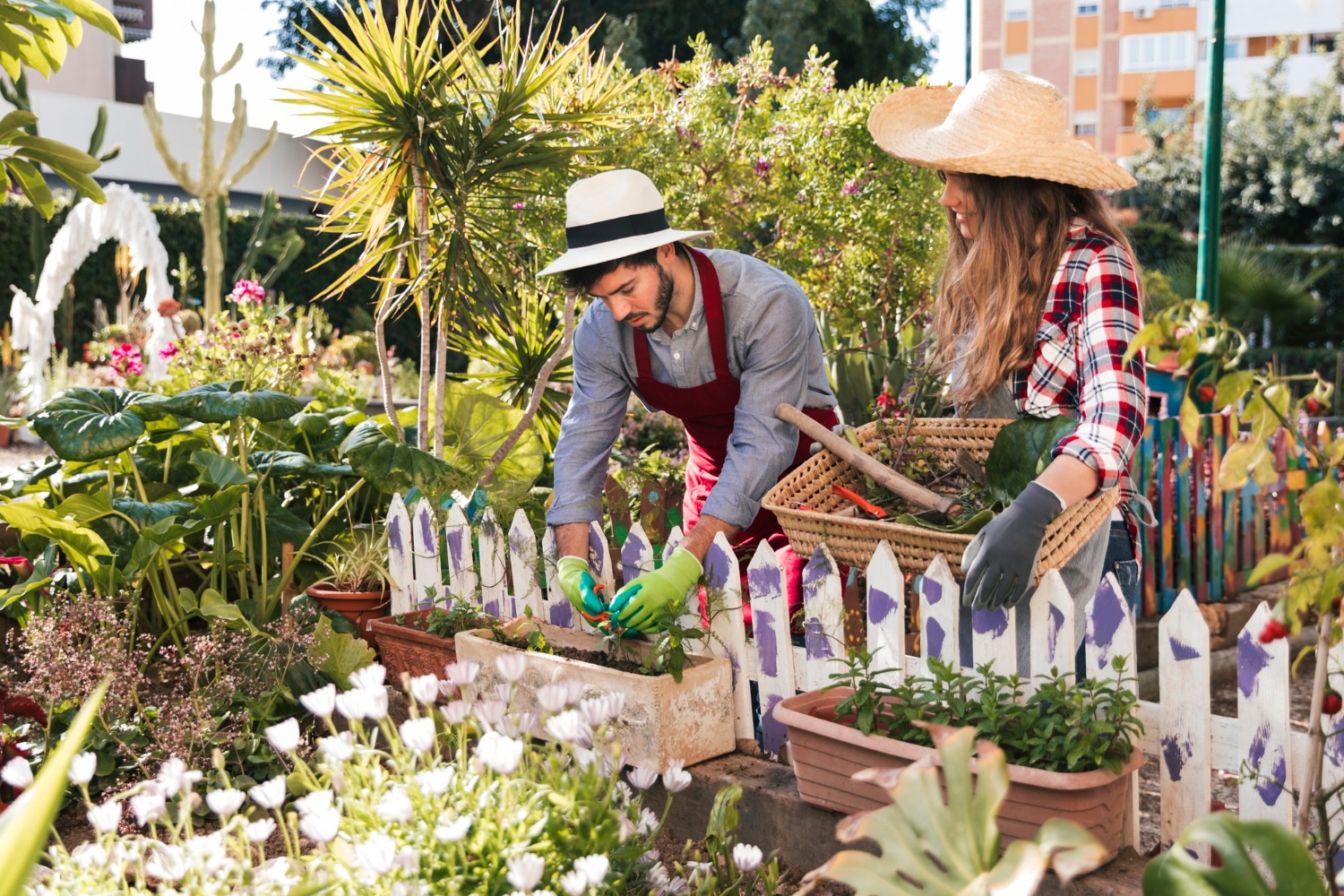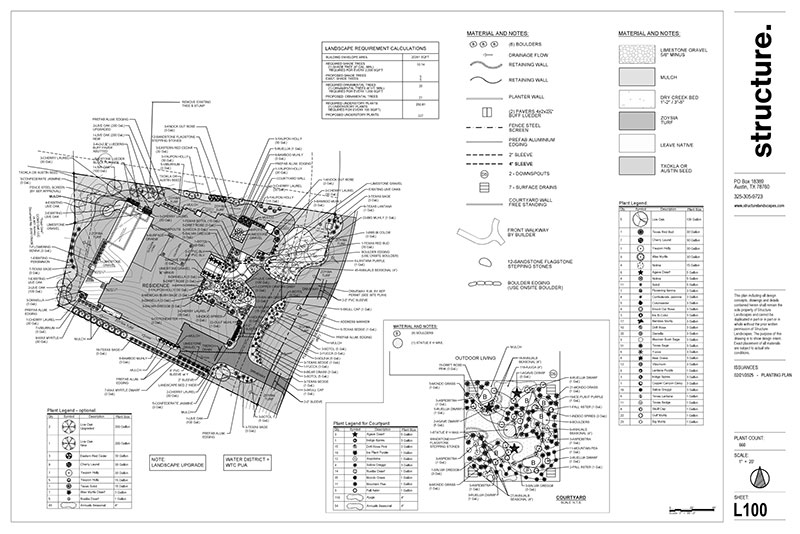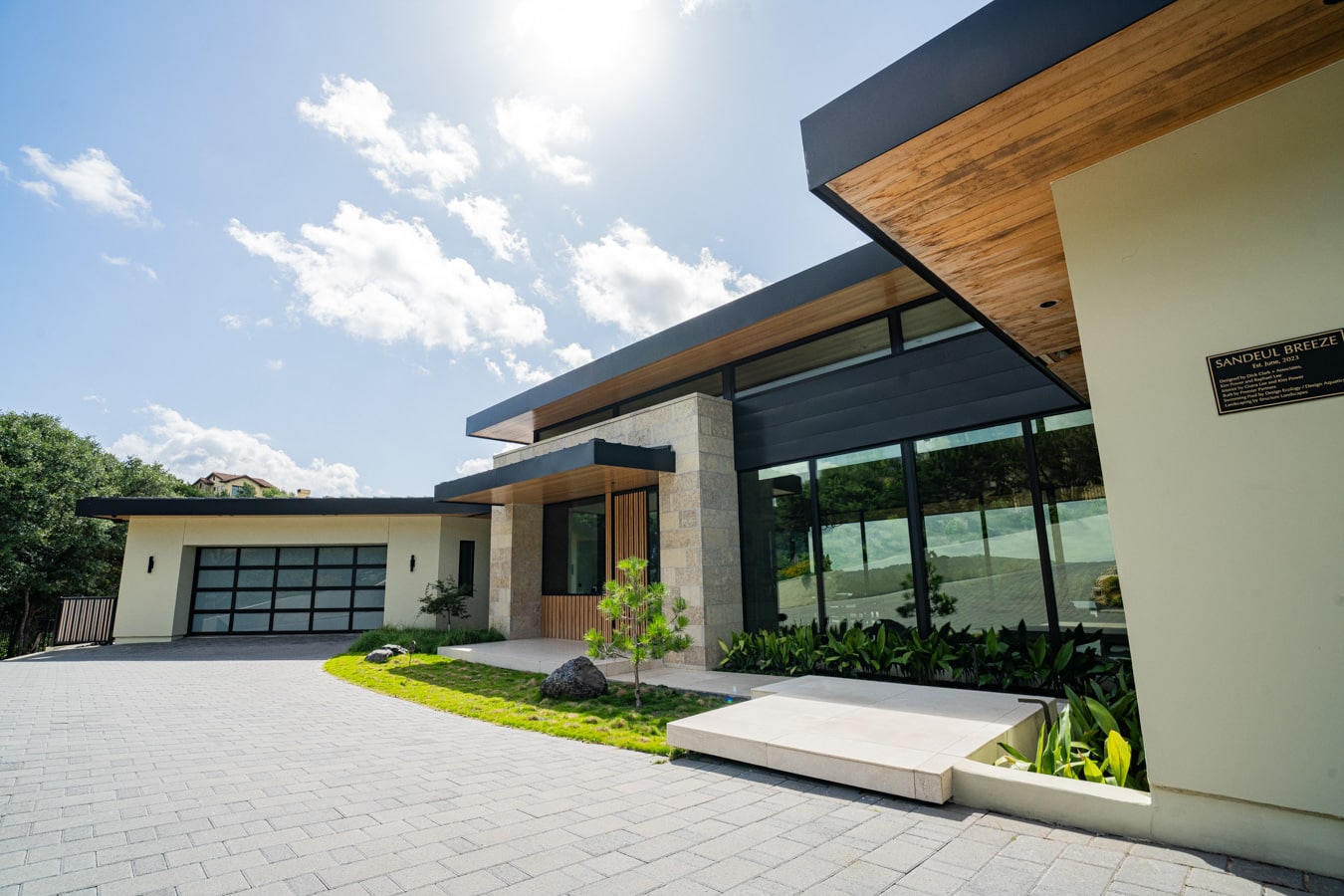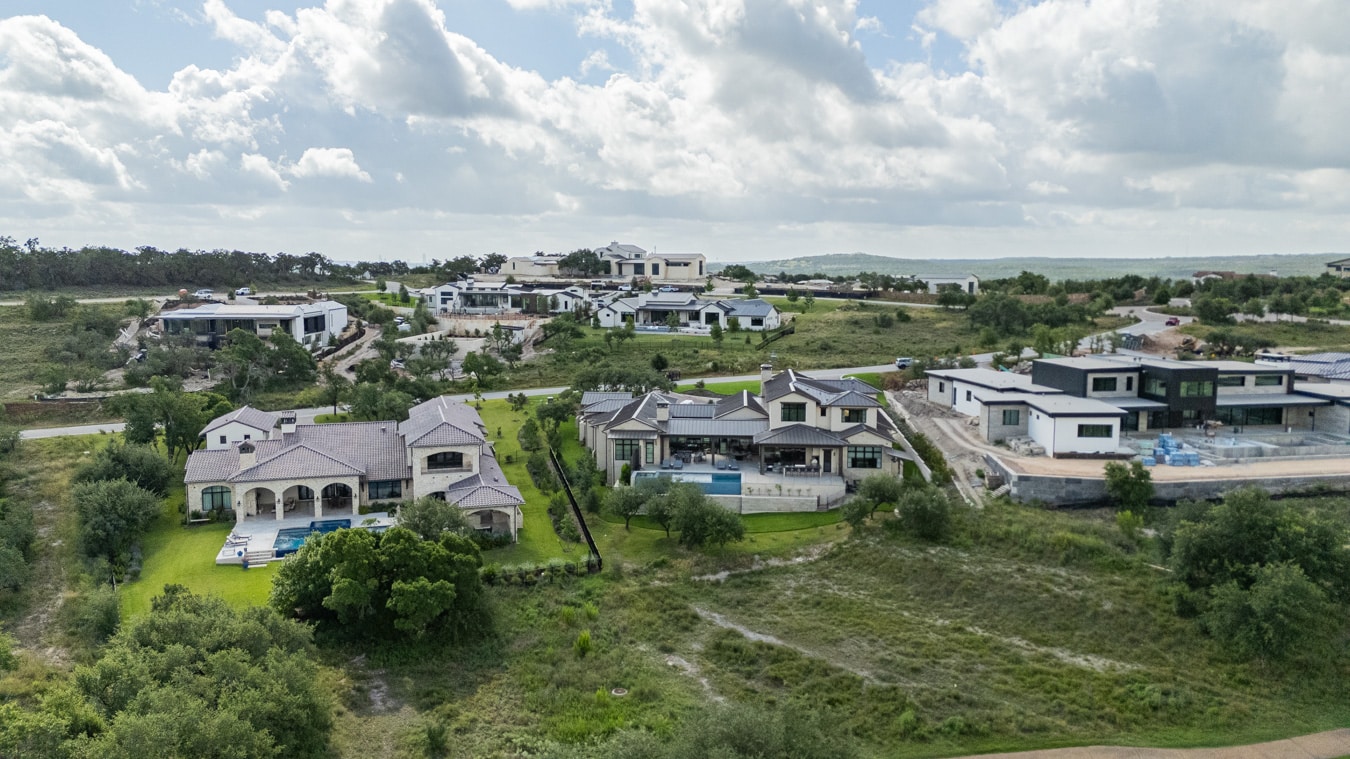Creating a sustainable backyard is more than just a trend; it’s a thoughtful approach to gardening that benefits the environment and your wallet. By designing with sustainability in mind, you conserve water, reduce energy use, and create healthier outdoor spaces for your family and local wildlife.
The key to sustainability is choosing plants that naturally thrive in your location, which means they’ll need less water, fertilizer, and overall care. This approach not only saves resources but also gives you more time to enjoy your garden rather than constantly maintaining it. Native plants are especially valuable as they’re adapted to local conditions and support local ecosystems.
Designing Your Sustainable Garden
The right plant selection and focus on native species form the foundation of an eco-friendly outdoor space that requires less maintenance and resources.
Plant Selection Strategies
When selecting plants for a sustainable garden, prioritize species that thrive in your local climate and soil conditions. This approach significantly reduces the need for excessive watering, fertilization, and maintenance. Choose perennial plants that return year after year without replanting. They develop deeper root systems that better access soil moisture and nutrients.
Also, consider the mature size of plants to avoid overcrowding, while proper spacing improves air circulation and reduces disease problems. Group plants with similar water and light requirements together. This practice, called hydrozoning, prevents overwatering some plants while underwatering others.
For extra sustainability, add edible plants like herbs, vegetables, and fruit trees to create a productive space that reduces your food miles and grocery bills.
Utilizing Native Plants for Ecosystem Balance
Native plants have evolved in your local region for thousands of years, making them perfectly adapted to local conditions. They typically require less water, fertilizer, and pest control than non-native species. Native plants also develop deeper root systems that help prevent soil erosion and improve water filtration.
They provide essential habitat and food for local wildlife, including pollinators like bees and butterflies. This supports biodiversity in your garden ecosystem. Native oak trees, for example, can support over 500 species of caterpillars! Mix different types of native plants (trees, shrubs, grasses, and flowers) to create a multi-layered habitat that mimics natural ecosystems and provides year-round interest in your garden.
It’s a good idea to visit local nurseries that specialize in native plants or consult with your county extension office for region-specific recommendations.
Cultivating Soil Health and Diversity
Healthy soil forms the foundation of any sustainable backyard. By focusing on natural soil-building techniques, we can create thriving ecosystems that support abundant plant growth while reducing the need for chemical inputs.
Implementing Composting Practices
Composting is one of the most powerful tools for sustainable gardening, and you can create nutrient-rich compost by collecting kitchen scraps, yard waste, and fallen leaves in a dedicated bin or pile. A good compost mix needs both “greens” (nitrogen-rich materials like vegetable scraps) and “browns” (carbon-rich materials like dried leaves).
Keep your compost pile slightly damp but not soggy, turning it regularly to increase oxygen flow and speed up decomposition. In about 3-6 months, you’ll have dark, crumbly compost ready to use. Adding this “black gold” to your garden improves soil structure, increases water retention, and introduces beneficial microorganisms. Apply a 1-2 inch layer of compost around plants each season to continuously build soil health.
Developing Rich Topsoil Naturally
Building healthy topsoil doesn’t happen overnight, but several practices can accelerate the process. Consider implementing a no-till approach, which preserves soil structure and protects beneficial organisms like earthworms and fungi that naturally aerate and enrich soil.
Mulching with organic materials like straw, bark, or leaf litter helps retain moisture, suppress weeds, and gradually break down to feed the soil. Apply a 2-3 inch layer around plants, keeping it slightly away from stems.
Cover crops like clover, buckwheat, and winter rye prevent erosion during off-seasons while adding organic matter when turned into the soil. They also attract beneficial insects that contribute to ecosystem health. Diverse plantings support varied soil biology, so mix flowers, vegetables, and herbs to create a balanced system that mimics natural environments and builds more resilient soil over time.
Water Management and Conservation
Water is a precious resource that requires careful management in our sustainable backyards. Smart water practices help protect the environment while reducing utility bills and maintaining a healthy garden ecosystem.
Creating a Rain Garden
Rain gardens are shallow depressions designed to capture rainwater runoff from roofs, driveways, and lawns. They help prevent erosion and filter pollutants before water enters local waterways. Rain gardens don’t need to be large to be effective. Even a small 50-square-foot rain garden can manage runoff from about 500 square feet of roof or pavement.
To create an effective rain garden:
- Choose a location at least 10 feet from your house foundation
- Test soil drainage by digging a hole and filling it with water
- Select native plants that tolerate both wet and dry conditions
- Dig a depression 4-8 inches deep with gently sloping sides
- Add compost to improve soil quality
Efficient Use of Drip Irrigation
Drip irrigation delivers water directly to plant roots, reducing waste from evaporation and runoff. This eco-friendly approach can save up to 60% of water compared to traditional sprinkler systems.
Installation is straightforward. Begin by connecting the system to your water supply and running main lines to planting areas. Place emitters near plant roots, spacing them according to plant water needs. Set timers to water during early morning or evening when evaporation rates are lowest. This maximizes efficiency and minimizes water loss.
The basic components of a drip irrigation system include:
- Water source connection
- Backflow preventer
- Pressure regulator
- Filter
- Tubing
- Emitters
For container gardens, consider using soaker hoses or specialized container drip systems. These provide slow, steady moisture directly to potting soil.
Supporting Wildlife and Biodiversity
Creating spaces that support diverse species not only helps the environment but also creates a more balanced and beautiful outdoor space.
Attracting Pollinators and Beneficial Insects
Pollinators like bees, butterflies, and hummingbirds are essential for a healthy garden, and to attract them, plant native flowering species that bloom throughout different seasons. Avoid using chemical pesticides, which can harm beneficial insects. Instead, introduce plants like lavender, coneflowers, and bee balm that naturally draw pollinators.
Creating a “pollinator patch” with clusters of nectar-rich flowers provides food sources, while small water dishes offer drinking spots. Even a small area with the right plants can make a significant difference. Also, consider adding butterfly host plants like milkweed for monarchs. Leaving some areas of your yard unmowed creates a habitat for ground-dwelling beneficial insects that help control garden pests naturally.
Promoting Biodiversity With Plant Variety
Aim for a mix of trees, shrubs, flowers, and groundcovers of varying heights and blooming periods, and include at least 70% native plants in your landscape design. Replace portions of traditional lawn with clover or native grasses, as they require less maintenance and provide more wildlife value than regular turf.
Create different “zones” in your yard- sunny areas, shady spots, and moist regions – to accommodate various plant needs. This variety naturally attracts diverse wildlife species. Consider adding berry-producing shrubs that feed birds and small mammals throughout different seasons. The layered habitat approach creates more ecological niches for wildlife to thrive.Get in touch to discuss the best options for creating a sustainable backyard that suits your budget and space.





